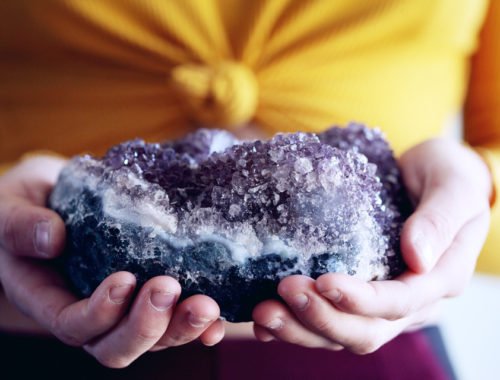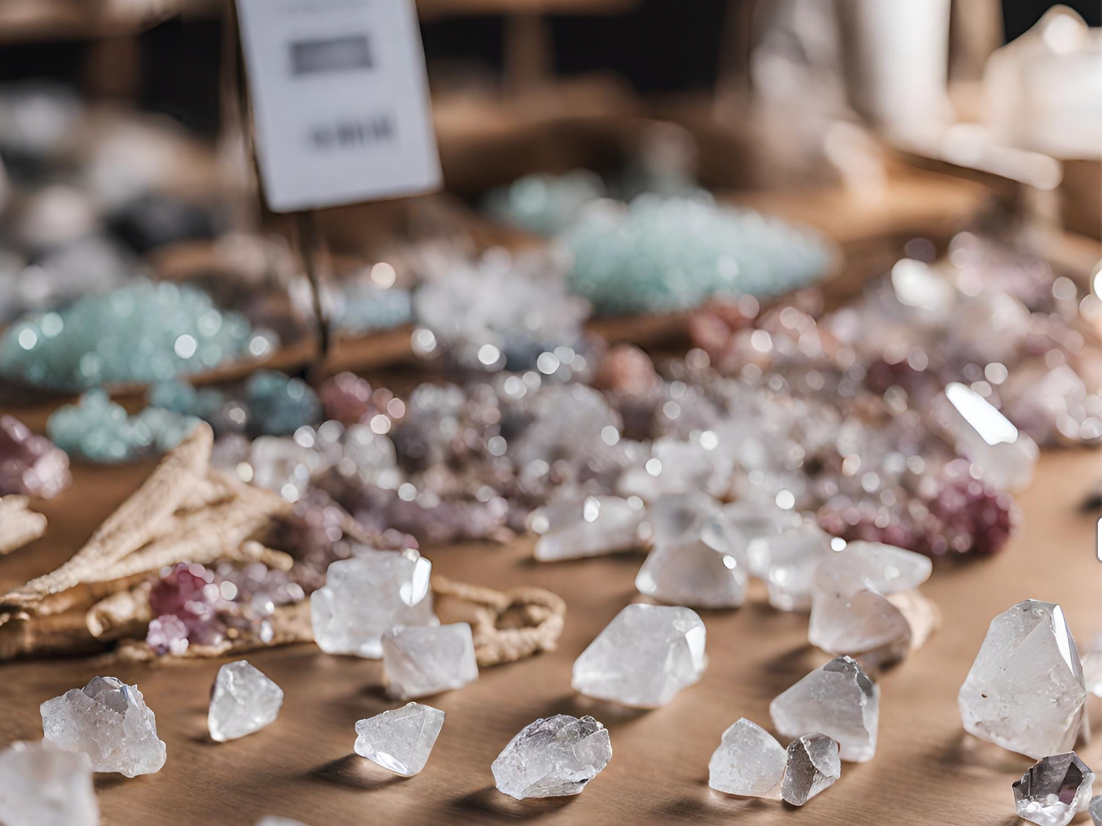
Setting Prices For Your Crystal Business
Selling crystals can be an immensely rewarding venture, especially when you have a deep appreciation for these natural wonders. However, in the realm of crystal commerce, there’s one vital element that often requires careful consideration – pricing. Pricing and valuing your crystals is a multi-faceted endeavor that can significantly impact the success of your crystal-selling business. Whether you’re just starting or a seasoned seller, this guide will help you navigate the intricate process of pricing and valuing your crystals for retail. After all, while crystals are a vibe, if you are doing this to start a business, the goal is still to make money… not just cover your crystal habits hehe.
I am not an accounting pro, so this is not accounting advice, just tips from a crystal seller on how to price crystals for sale.
Costs Of The Crystals Themselves
To start of, you have to consider the hard facts and basics…. you can’t have a crystal shop without inventory after all! Now if you purchased your beginning inventory as personal pieces that you are now selling off, you will still want to consider most of these factors. But keep in mind that you likely won’t be able to get the same markup (noted at the bottom) due to the fact that your purchase price was higher, aka retail.
1. Wholesale Costs: Know Your Foundation
To embark on your pricing journey, it’s crucial to start with the foundation: your wholesale crystal cost, aka what YOU paid for it. Your wholesale cost represents the price at which you acquire your crystals from suppliers. To ensure accurate pricing, maintain meticulous records of your wholesale expenditures for each type of crystal.
2. Rarity and Demand: Understanding Supply and Demand Dynamics
Next, consider the rarity and demand for a particular crystal. Crystals that are rare and highly sought-after can command a higher price in the market. Conversely, more common varieties may need competitive pricing strategies to find their audience. You can try to fight this practice, but odds are your starting cost was higher anyway, which means you’ll be going off of that starting point.
3. Crystal Quality: Recognizing True Value
Assessing the quality of your crystals is paramount. Crystals with exceptional clarity, color, and unique formations are inherently more valuable. Crystals with minimal to no damage also add value versus a piece that has half of the points missing or a giant broken chunk. As a seller, you must develop the ability to differentiate between high-quality pieces and lower-quality specimens.
Whether you want to ‘upcharge’ for things like rainbows, phantoms, record keepers, and special inclusions is usually up to you. You don’t have to be greedy about it, you can just add a few dollars to account for something cool and unique.
4. Size and Weight: The Size Matters
In the crystal world, size plays a significant role in pricing. Larger crystals are generally more expensive, and you should consider the weight, typically measured in grams or carats, which can also be a pricing factor.
5. Crystal Origin: The Geographical Influence
The origin of the crystal can significantly affect its value. Some regions are known for producing crystals of superior quality or with unique properties. Think of how 8th Vein ocean jasper was compared to a normal ocean jasper. It could be the same size, but becuase it was from the special pocket, the value (both wholesale and retail) increases. Understanding the geographical nuances can help you justify pricing differences.
6. Perceived Value: Crafting a Story
Consider how your target audience perceives the value of the crystal. Beautiful packaging, detailed information about the crystal’s metaphysical properties, and a compelling story about its journey to your customers can significantly enhance the perceived value.
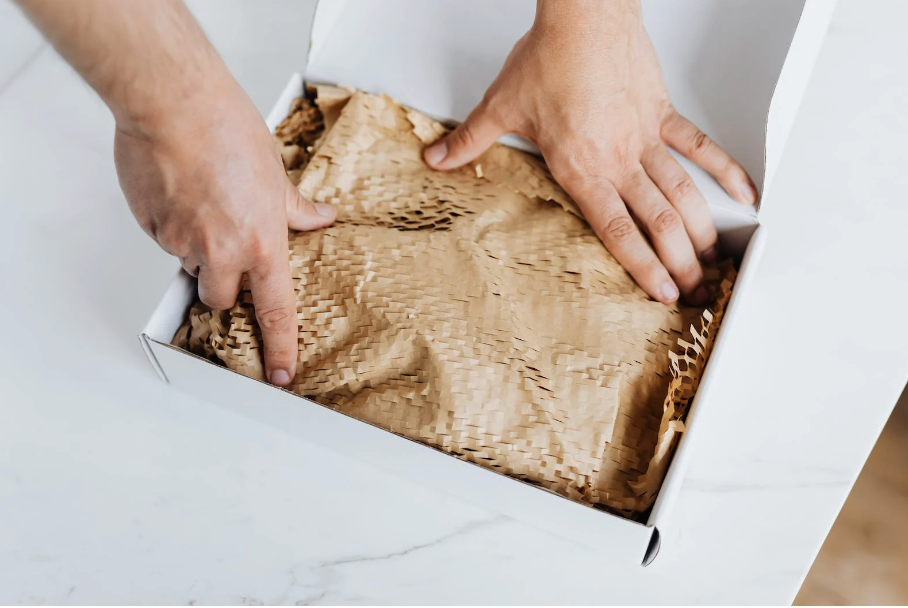
Shipping Costs
Shipping is another crucial aspect of your pricing strategy. Whether you offer free shipping or charge customers for shipping, these expenses need to be factored in. Remember, crystals are not only fragile, but heavy… they do cost quite a bit to ship and there is no way around that. Here’s a closer look at how shipping-related costs can impact your pricing:
Wholesale Shipping Fees:
When purchasing crystals at wholesale prices, it’s important to remember that you may be charged shipping fees to get your inventory delivered to your location. These fees can vary based on the quantity and weight of the crystals you’ve ordered. It’s essential to account for these costs in your pricing strategy, as they directly affect your overall expenses.
Free Shipping:
If you choose to offer free shipping to your customers, it’s vital to build these costs into your item prices. Free shipping can be an attractive incentive for buyers, but you should ensure that your pricing model remains profitable even after covering the expenses related to shipping your crystals to customers. And remember that if you have to ship a long distance with a big order, the customer is not going to know that you spent $75 to ship there $100 order. Believe me, that is 100% possible. For example, even if you live in Washington, an order to Hawaii at a certain size and weight can EASILY cost you $50 to ship. Imagine New York to Hawaii.
Shipping Supplies:
Even if customers pay for shipping, you’ll need to consider additional expenses associated with packaging and shipping. This includes the costs of shipping supplies, such as padded envelopes, boxes, shred, bubble wrap, and tape. Furthermore, if you include promotional materials like business cards, or even free gifts in your shipments, these costs can add up quickly, often ranging from $1 to $3 per order.
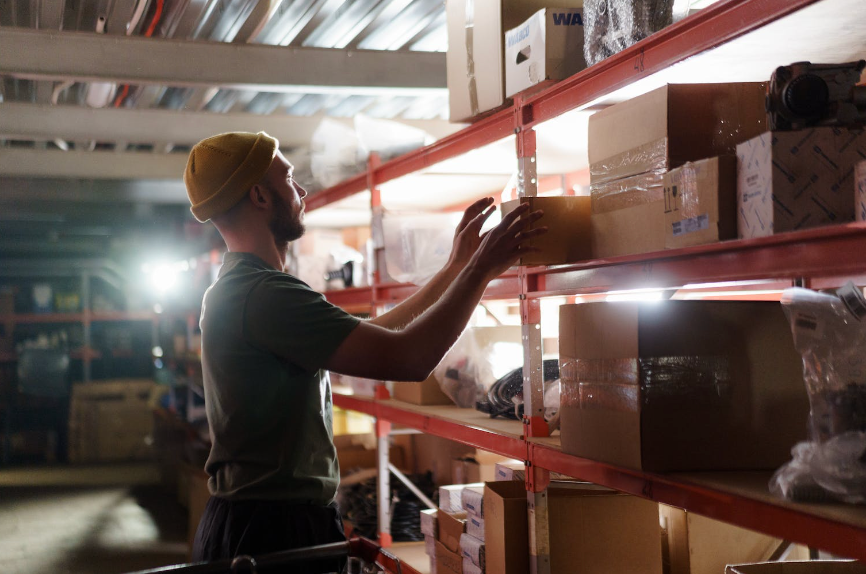
Pricing Expenses You Forget About
Now here are a bunch of ones that people often forget about, and can honestly be a major downfall of crystal businesses. DO NOT FORGET about including these.
Overhead and Expenses: The Hidden Costs
In the crystal-selling business, overhead costs play a significant role in determining your overall pricing strategy. It’s essential to understand and account for these expenses as they can significantly impact your bottom line. Here, we’ll delve deeper into several crucial aspects of overhead costs, including warehousing, travel, and shipping-related expenses.
Warehousing Costs: Home-Based vs. Warehouse Space
One of the first decisions you’ll need to make is whether to operate your crystal business from a dedicated warehouse space or your home. Each choice comes with its own set of considerations:
- Home-Based Storage: Operating from your home can be cost-effective, especially in the early stages of your business. It eliminates the need for renting commercial space, saving you on rent and utility expenses. However, there are limitations to this approach. You may have limited space, which can restrict the size and variety of your inventory. It’s essential to create a designated and organized storage area to maintain the quality and condition of your crystals.
- Warehouse Space: Renting warehouse space offers benefits such as more extensive storage capacity and potentially better security measures. You can stock a broader range of crystals, allowing you to cater to a more diverse customer base. However, renting commercial space comes with added costs. You’ll need to budget for monthly rent, utilities, and insurance, which can affect your pricing strategy. It’s crucial to weigh the benefits of increased storage against the expenses associated with warehouse space.
Travel Expenses: Gem Shows and Sourcing Trips
As a crystal seller, you’ll likely embark on sourcing trips to acquire new inventory, attend gem shows, and connect with suppliers. While these trips can be exciting and essential for the growth of your business, they also constitute significant expenses:
- Gem Shows: Gem shows like the big Tucson Gem Show are fantastic opportunities to discover unique crystals and build relationships with suppliers. However, attending these events requires budgeting for travel, accommodation, food, and other travel expenses. These costs can add up quickly and should be considered when pricing your crystals. A trip for the Tucson show can easily surpass $1,000 just to be there. You may need to pass some of these expenses on to your customers.
- Sourcing Trips: Visiting crystal suppliers in various locations can be a valuable way to handpick your inventory. These trips can involve airfare, accommodations, and transportation expenses. They can be local and may just involve driving, but still factor in your gas, mileage and time spent. While they provide you with the advantage of quality control and unique finds, it’s essential to include these costs in your pricing model.
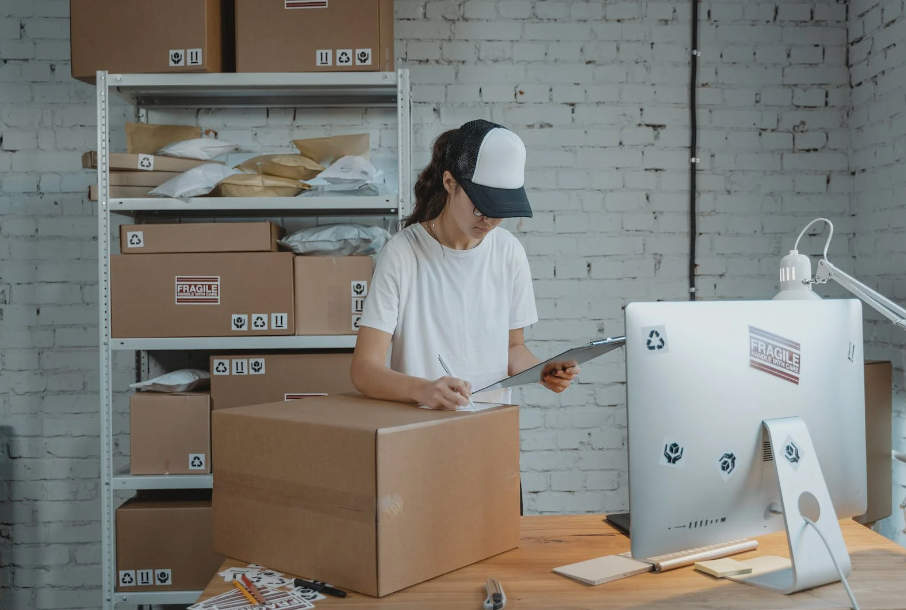
Discounts And Losses
Discounts and Special Offers: Attracting and Retaining Customers
Think about whether you’ll offer discounts for bulk purchases or run special promotions. These tactics can attract new customers, boost loyalty, and increase sales.
Adjusting Prices: Flexibility is Key
Be open to adjusting your prices when needed. If a particular crystal isn’t selling well, consider adjusting the price to clear inventory and make room for new arrivals. But the good news is, unlike baked goods crystals won’t expire sitting on your shelf, so you don’t have to get TOO desperate.
Handling Losses
Running a crystal-selling business involves more than just sourcing, pricing, and selling. You’ll also need to address the issue of losses, which can impact your overall finances and pricing strategy. Here’s an in-depth look at various loss scenarios you may encounter and how to manage them:
Breakages in Your Possession:
No matter how careful you are, breakages can occur. Some crystals are fragile, and despite taking precautions, they may still break. Some may break on your way home from shopping. Some may in fact be to children or pets in your home. These losses are essentially a cost of doing business and should be factored into your pricing. You can write this off on future taxes by the way.
Shipping Damage:
Crystals are delicate, and shipping carriers may not always handle packages with the care they deserve. When customers receive damaged crystals, it can lead to returns and replacements, impacting your expenses. To address this, consider insuring your shipments. While it adds to your shipping costs, it can save you from the financial hit of replacing damaged items.
Lost or Stolen Items in Transit:
Sometimes, packages can go missing or be stolen during transit. While this is relatively rare, it’s a risk you should be prepared for. Offering package tracking and requiring signatures upon delivery can help mitigate this risk. If items do go missing, you may need to cover the cost of replacements, so consider this when pricing your crystals.
Credit Card Fraud Orders:
Credit card fraud is an unfortunate reality in online businesses. When dealing with fraudulent orders, you may face chargebacks and the loss of both merchandise and money. While you can take preventative measures, such as implementing secure payment gateways and verifying orders, you should be prepared for these potential losses when pricing your items.
It’s important to be proactive in addressing these potential losses by implementing best practices, using insurance when necessary, and setting aside a reserve for unexpected costs. By incorporating these considerations into your pricing strategy, you’ll be better equipped to navigate and recover from losses when they occur, ensuring the financial health of your crystal-selling business.
So What To Charge For Crystals?
In summary, overhead costs in your crystal-selling business encompass various elements, including the shipping fees for acquiring wholesale inventory. These factors should be carefully considered and integrated into your pricing strategy to ensure that your business remains financially viable. By accounting for these hidden costs, you’ll not only maintain profitability but also offer transparency and quality service to your customers.
So what DO you charge? There is no hard equation. Unless you are really good with numbers and want to get into the nitty gritty and breakdown all of your costs across the board… but one of my crystal shop mentors told me a good margin is about 3-4 times your original costs. Of course this will vary on some of the factors mentioned above. Sometimes items that you got for a steal you can go up even more, and sometimes on higher priced items you’ll only be able to get 2x the cost, but that is ok because your going to be making a higher price point still. But you should try to never do 2x the cost across the board because of the other expenses we’ve talked about here.
Do what feels right, and no need to be greedy, but you should also not be giving away all of your money!





